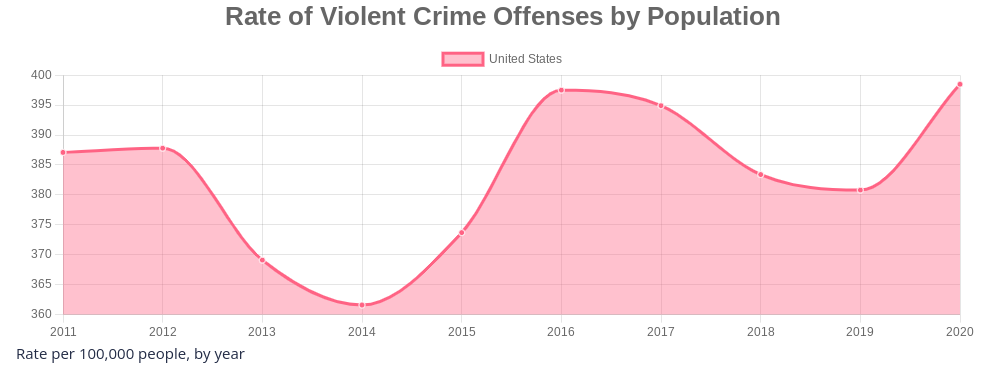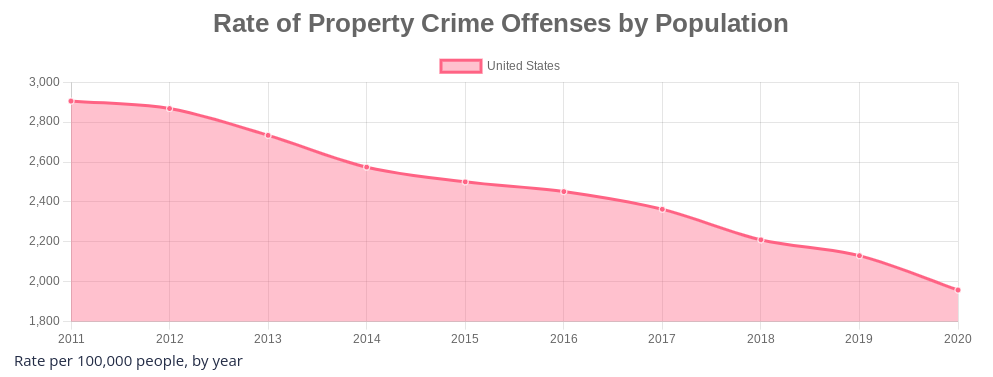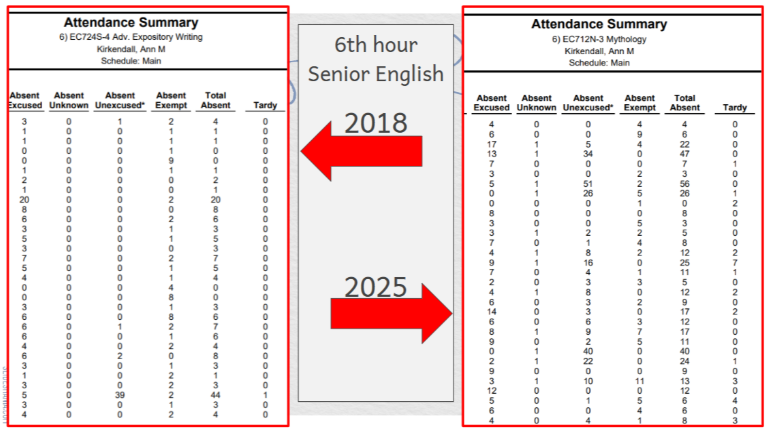Are we in a crime wave?
November 14, 2022
If you watch Fox News, you’d know that the United States is in the midst of an unparalleled crime wave. Every night, there are stories on cable news with headlines like “VIOLENT CRIME PLAGUING AMERICAN CITIES,” “CRIME IN LIBERAL CITIES REACHES HISTORIC LEVELS,” and “CRIME IS DESTROYING OUR COUNTRY.” Cable networks paint a pretty bleak picture of our country. The rampant crime wave in these stories is frightening, but it’s also suspiciously simple. The true story of the crime surge is way more complicated than an episode of Tucker Carlson Tonight.
Crime, specifically violent crimes like aggravated assault and murder, has risen significantly since 2019. The origin of this rise is unclear, but it’s definitely significant. According to the FBI, violent crimes across the country rose about 5% from 2019 to 2020. The most significant increase was in murders, which rose to a staggering 29%. The spike is a shock, because violent crime rates have been stagnant for decades. Given this data, it’s understandable why people would be concerned about a “crime wave,” but it’s also worth putting this data in context.

While violent crimes have been on the rise, property crimes (like burglary, robbery, and larceny) have actually dropped about 8%. The gap between violent and property crime rates might seem counterintuitive, but to Hope College sociology professor Dr. Pamela Koch, this pattern makes perfect sense. She said “in Sociology of Education we talk all the time about ‘after the bell.’ It’s really important that schools have sports programs and arts programs and all of that stuff that makes people want to be in school, so they’re less likely to get involved in crime or have frustrations that spill over into violence. When those things stop, you suddenly lose that buffer.” At the beginning of the pandemic, schools, community centers, and churches shut down their youth programs for safety reasons, which left many young men with little purpose and lots of spare time. “It’s the same reason we saw property crime actually decrease during the pandemic, because people are actually home. It’s far more likely that someone’s going to steal something from you when you’re not with your stuff,” Koch said.

One useful way of understanding the nation’s crime problem is through the lens of its crime history. The 1990s were the last years when domestic crime was really at the forefront of Americans’ minds. FBI data shows that in 1995, there were 758 violent crimes committed per 100,000 Americans, a staggering amount when compared with the past two decades. In 2020, during a so-called “huge crime wave,” there were about 400 violent crimes committed per 100,000 Americans. That is a 5% increase from 2019, but it’s a massive drop from those 1990s levels. After the 90s peak, violent crime in the U.S. entered a downturn which continued throughout the 2000s and the 2010s, when violent crime was rarely a concern for most people. Then, in 2020, during the beginning of the coronavirus pandemic and the middle of outrage over George Floyd’s murder, the U.S. experienced slightly faltered back to the 1990s era of crime, although with nowhere near the severity.
Gallup Polling recently found their largest gap ever between people who say crime is “up” nationally (78%) and locally (38%). This data seems contradictory, because if crime was actually up nationally, many more people would say that crime is up around them. For example, Ottawa County has been an outlier in the nation’s upward crime trend. West Ottawa’s Deputy Soto Lopez said, “Nationally there has been an increase, here in Ottawa County it’s not really a huge increase, it’s kind of the same steady platform. “It’s a steady, slow, decrease and increase every other year.” The misleading national crime narratives make more sense after seeing the fear mongering headlines crowding up Twitter and cable news networks.
The U.S.’ crime problem isn’t nearly as severe as many political pundits would like the country to believe, but it’s their motivation for spreading this story that reveals the true narrative. Fox News anchors like to blame the violent crime surge as the result of “far-left liberal policies” and “defund the police governing,” but their claims are blatantly false. Republican states and cities have been experiencing all the same crime upticks during the pandemic as Democratic states and cities. And a study by the Law & Economics Center at George Mason University found that there were “no significant effects of [progressive officials’] reforms on local crime rates.” All of this data implies that this reporting of massive crime waves really has nothing to do with crime, and everything to do with political posturing.
Koch agrees that these media narratives are misleading. Koch said, “I think [media outlets] are oversimplifying the causes, and thus the potential solutions.” “The idea that people are thinking [violent crime] through, and beating people up because they’re not going to get in trouble… that just isn’t how crime usually happens. People aren’t thinking it through to that level… most people don’t just sit around thinking, ‘maybe I’ll go kill someone.’”
The human need to respond to feelings of fear is powerful, as AP Psychology teacher Larry DeLeon can attest. DeLeon said, “One of the most common things we do [in response to fear], is we often will try to take steps to alleviate the fear. That’s the connection they’re trying to make, is by voting or by donating to a certain cause, you can alleviate some of that fear.” The response is a basic component of the human mind and has to do with our biology. “When you’re in that fear response … your ability to think and process things logically is really hindered.“
While Democrats and liberal media sources have had to calm the rage of both the “Defund The Police” movement and its critics, Republicans and conservative media sources have gotten by scot-free while inciting panic over Democrats’ “soft-on-crime policies.”
The data doesn’t support this narrative, the polling doesn’t support this narrative, and the history of the United States doesn’t support this narrative. The only people talking about it are those who stand to benefit from it.
So don’t believe it.





